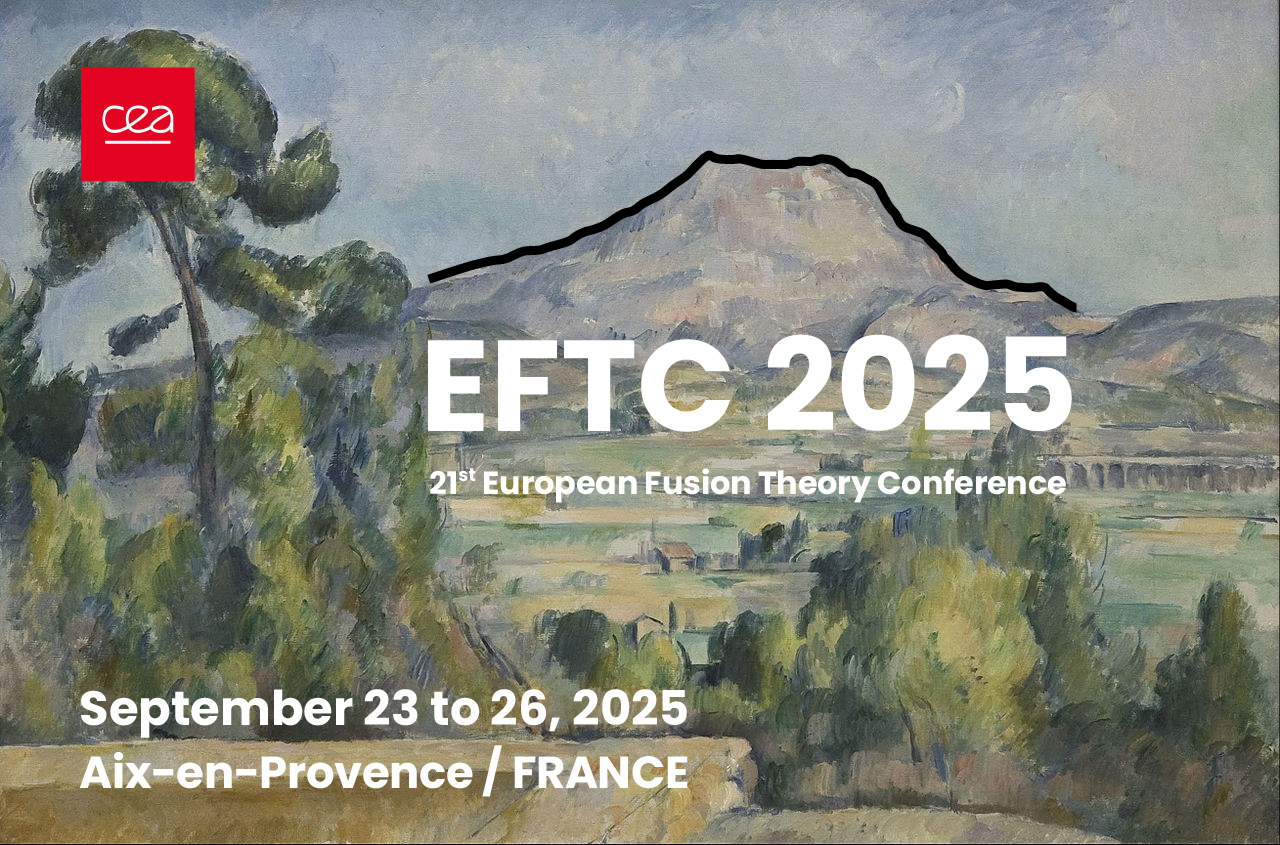Speaker
Description
The turbulence in the core of future devices will be very different from current devices [1]. Fast ions and electromagnetic (EM) effects have a complex impact on the turbulence both through linear effects, such as linear EM stabilization of electrostatic (ES) modes, and nonlinear effects, such as enhanced coupling to zonal flows. As an initial step towards better understanding this regime we focus on the local electromagnetic effects for the ITER 15MAreference case. We have used the JETTO case published in [1] as a starting point for heating, equilibrium, pedestal etc. We have performed predictive integrated modelling simulations with JETTO with and without EM effects with the gyro-fluid model TGLF [2] to see the impact on the predicted profiles. We evolve densities, temperatures and the current as well as reevaluate the equilibrium continuously with an internal boundary at ρ=0.9. For the EM simulation at the magnetic axis the normalized plasma pressures, ꞵe, is 5.1% and the result of the predicted profiles is displayed in Figure 1. Interestingly, the ES and EM predictive simulations give almost the same results up to ρ=0.5 and diverge in the core. I.e. they differentiate where ꞵe, is larger. Based on these simulations, we plan to perform stand alone linear analysis with TGLF and the gyro-kinetic code GKW [3] to study the unstable modes at several radial positions. Preliminary results suggest the emergence of Kinetic Ballooning Modes in the core which could explain the difference in the predictive simulations. Additionally, this study is being used to verify TGLF and its settings against GKW. Understanding the new transport regime in upcoming devices will enable the development of improved reduced transport models critical to future device design and operation.
References
[1] P. Mantica et al., Plasma Phys. Control. Fusion 62, 014021 (2020)
[2] G. M. Staebler et al., Physics of Plasmas 12, 102508 (2005)
[3] A. Peeters et al., Physics Communications 180, 2650–2672 (2009)

